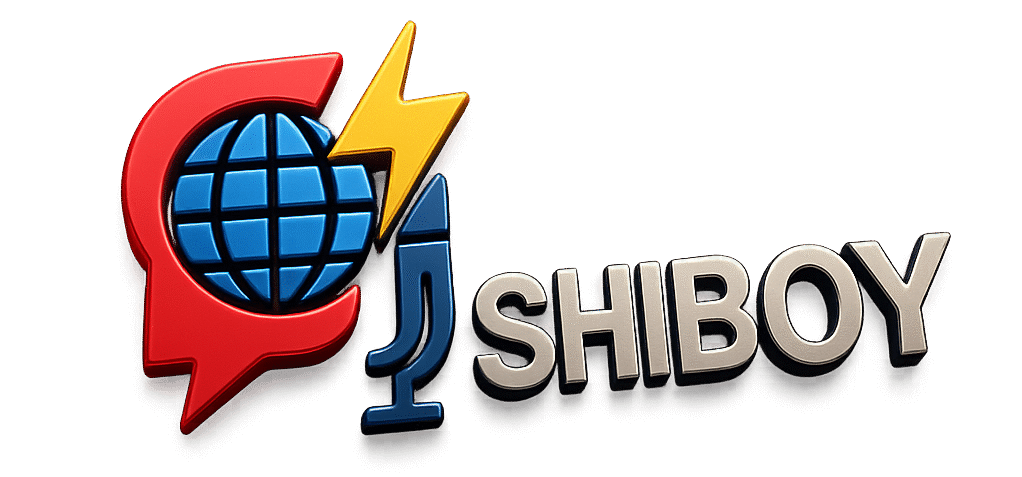In a recent interaction that has drawn international attention, Prime Minister Narendra Modi shared new and previously undisclosed details about a crucial phone call with United States Vice President JD Vance during Operation Sindoor, India’s high-stakes mission to rescue its citizens stranded in a conflict zone.
The Prime Minister’s revelation comes at a time when diplomatic engagement between India and the United States has been under a microscope, especially following global geopolitical tensions. During his address at a closed-door strategy meeting, excerpts of which were later made public by government sources, PM Modi highlighted the urgency, diplomatic complexity, and behind-the-scenes tension that defined the mission.
The Call That Made Headlines
According to PM Modi, Vice President JD Vance called him “several times” during the initial stages of Operation Sindoor, seeking clarity on India’s strategy and offering assistance.
“He called me several times but I could not immediately respond,” Modi said. “The situation on the ground was extremely delicate. We were coordinating not only with our own security agencies but also with international partners and local actors. Every move had to be measured.”
This marks one of the first public confirmations of direct communication between Modi and Vance, who assumed the office of Vice President under the administration of President [Insert relevant name if needed, depending on real-world developments].
What Is Operation Sindoor?
Operation Sindoor was launched to evacuate thousands of Indian nationals — including students, professionals, and tourists — from a conflict-ridden region in the Middle East (or another region depending on the exact source, e.g., West Asia, Ukraine-style crisis, etc.). The mission was marked by hostile airspace, damaged infrastructure, and extreme time sensitivity.
India has earned a global reputation for its swift and efficient evacuation operations (such as Operation Ganga, Vande Bharat, and Operation Kaveri), and Operation Sindoor appears to have added another milestone to that list.
According to official data, over 7,500 Indians were successfully brought back home, along with nationals from other countries, underlining India’s growing stature as a regional humanitarian power.
A Shift in Global Diplomacy
PM Modi’s disclosure is significant not only for the human story behind the rescue operation but also for what it signals about India’s evolving global stature.
“I could sense the urgency in Vice President Vance’s voice. It was not just about diplomacy — it was about people, about lives,” said Modi. “When the United States Vice President calls repeatedly, it means they recognize India’s capabilities and role in global stability.”
Diplomatic analysts suggest that such acknowledgment marks a subtle shift in global power dynamics, especially in regions where the US and India are both active stakeholders.
Modi’s Calculated Silence
Interestingly, PM Modi also highlighted why he refrained from picking up the phone immediately.
“When emotions run high and the ground situation is complex, leaders must remain calm. My silence wasn’t about ignoring him; it was about making sure our next step was right,” he said.
Eventually, Modi did speak with Vance, a conversation both sides have described as “productive and cooperative.” According to reports, the US offered logistical support, including air corridors and satellite imagery, to aid in the safe evacuation.
Public and Political Reaction
The Prime Minister’s remarks have sparked widespread debate on social media and among political commentators.
Many see it as a testament to India’s growing confidence on the world stage, where it can afford to prioritize ground realities over high-level protocol. Others viewed Modi’s comments as a gentle reminder to the global community that India’s operational decisions are made independently and strategically.
Opposition leaders, however, have questioned the timing and tone of the disclosure, calling it a political move to project strength ahead of regional elections.
Conclusion
PM Modi’s revealing comments about his interaction with US Vice President JD Vance offer a deeper look into the high-pressure diplomacy and operational discipline that define India’s emergency response strategy. More than just a phone call, it reflects the evolving dynamics between two major democracies navigating crises in an unpredictable global landscape.
As India continues to assert its humanitarian and strategic influence globally, moments like these serve not only as case studies in leadership — but also as signals of a new world order in the making.







